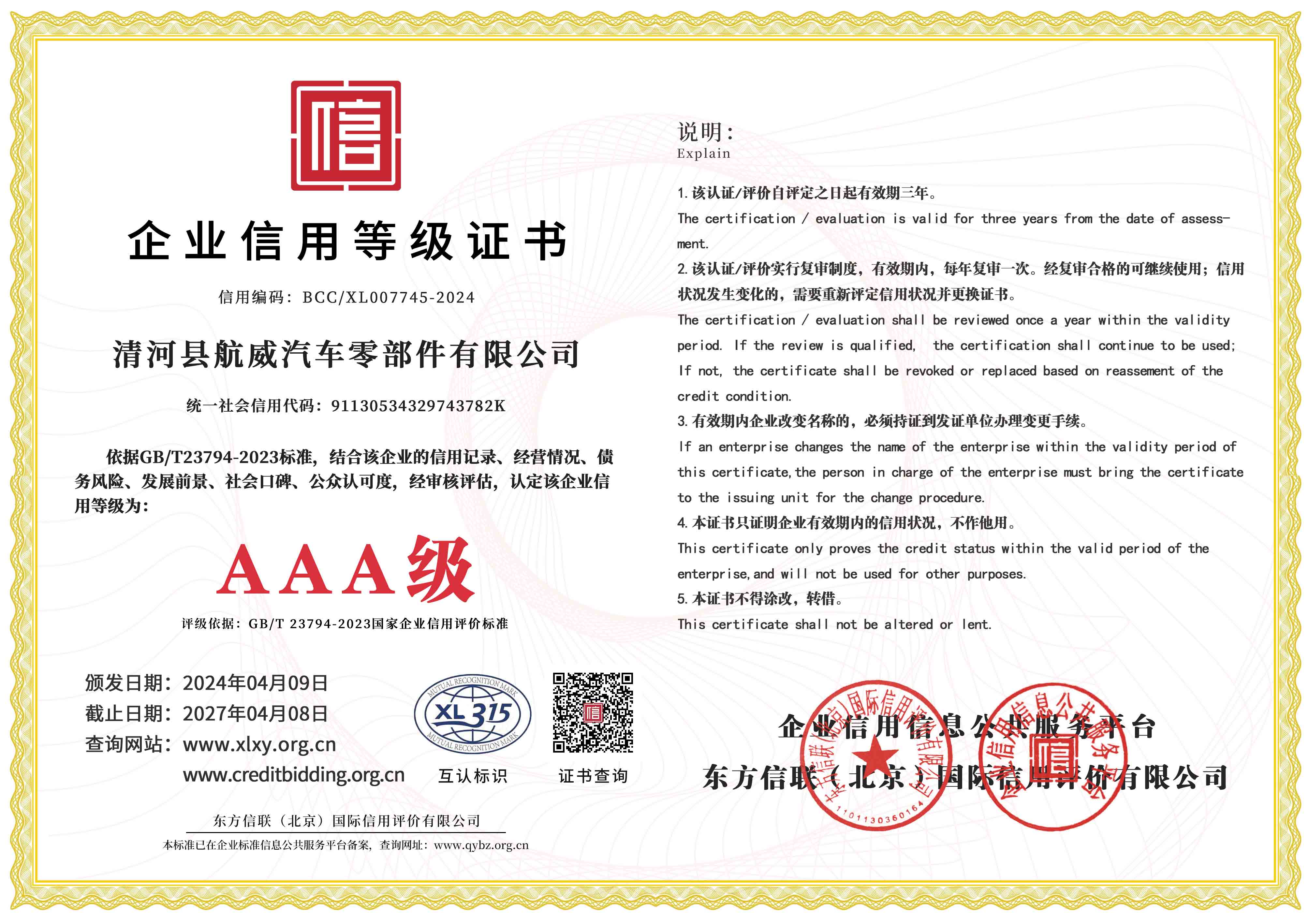Throttle Linkage Mechanism Using a Bell Crank Design for Improved Performance
Understanding Throttle Linkage and Bell Crank Mechanisms
Throttle linkage systems play a critical role in the operation of combustion engines, enabling precise control of the engine's air and fuel mixture. A key component of these systems is the bell crank, which serves as a mechanical linkage that translates motion in one direction into motion in another direction. This article will explore the function and significance of throttle linkage and bell crank assemblies, as well as their impact on engine performance.
The throttle linkage system typically consists of various components, including cables, rods, pivots, and of course, bell cranks. When a driver presses the accelerator pedal, the action is transmitted through the throttle cable to the bell crank. The bell crank, usually designed in a lever-like configuration, pivots around a fixed point, transforming the linear motion of the cable into a rotational motion that opens or closes the throttle plate in the engine's intake manifold.
The Role of the Bell Crank
The bell crank is crucial in ensuring that the throttle responds accurately to the driver’s input. By adjusting the geometry of the bell crank—specifically the distances between the pivot point and the connection points for the throttle cable and the throttle plate—engineers can fine-tune the throttle response. This flexibility allows for various tuning options, enabling manufacturers to design vehicles with different performance characteristics. For instance, a more aggressive throttle response can enhance performance in sports cars, while a more subdued response can improve drivability in everyday vehicles.
Moreover, bell cranks can help optimize the throttle linkage system in compact engine compartments where space is at a premium
. By allowing a change in direction of the throttle actuation without requiring a straight-line path, bell cranks can make it easier to fit mechanical linkages into tight spaces.throttle linkage bell crank

Practical Applications and Adjustments
In practical terms, understanding the throttle linkage system and the function of the bell crank can be beneficial for car enthusiasts and mechanics alike. Issues such as delayed throttle response or erratic engine behavior may often be traced back to problems within the throttle linkage. A thorough inspection can help identify worn cables, misaligned components, or damaged bell cranks. Adjusting the pivot points or replacing components can restore the system's efficacy and ensure smooth operation.
Furthermore, those involved in automotive customization may find opportunities to experiment with the throttle linkage geometry to enhance driving dynamics. Adjustments to the bell crank can lead to improved throttle responses, creating a unique driving experience tailored to the owner's preferences.
Conclusion
Throttle linkage systems and bell cranks are integral to the functionality of modern combustion engines. By converting linear motion into rotational movement, bell cranks facilitate critical engine operations, directly influencing throttle response and vehicle performance. Understanding the principles behind these mechanisms not only assists in maintenance and troubleshooting but also empowers enthusiasts to explore performance tuning options. As automotive technology continues to evolve, the role of systems like throttle linkages and their components will remain an essential topic for both manufacturers and consumers alike.
-
Upgrade Your Vehicle with High-Quality Handbrake CablesNewsNov.01,2024
-
Optimize Your Bike's Performance with Quality CablesNewsNov.01,2024
-
Enhance Your Vehicle's Performance with Quality Clutch ComponentsNewsNov.01,2024
-
Elevate Your Vehicle's Performance with Quality Throttle CablesNewsNov.01,2024
-
Elevate Your Vehicle's Performance with Quality CablesNewsNov.01,2024
-
Affordable Solutions for Your Cable NeedsNewsNov.01,2024
